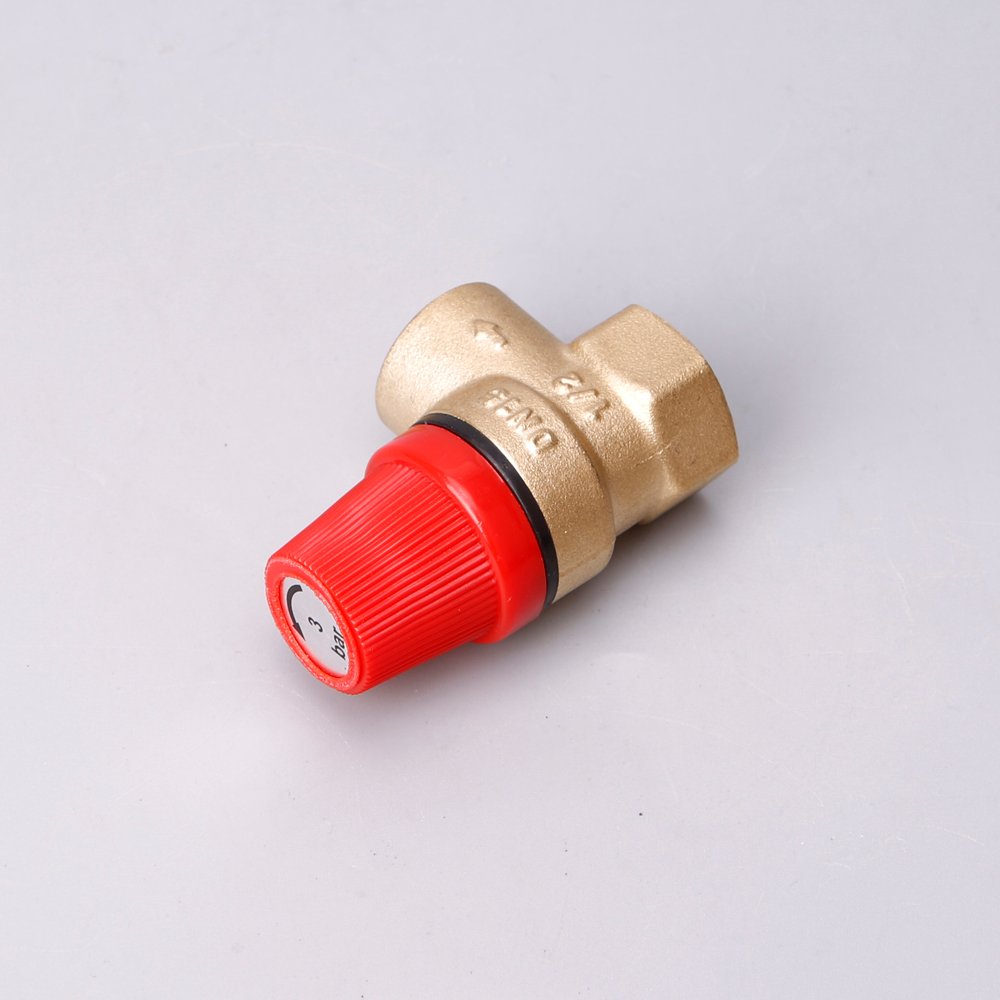Dealing with a faulty boiler pressure relief valve can be a headache for any facility manager or wholesaler. A leaking or stuck valve risks boiler damage, safety hazards, or costly downtime. The good news? Regular servicing can keep your boiler relief valve—whether 30 psi or 50 psi—running smoothly. This guide walks you through simple steps to maintain and test your valve, ensuring safety and efficiency.
To service a pressure relief valve, start by isolating the boiler and draining it. Remove the valve, clean it with a soft brush, and inspect for wear. Lubricate moving parts, test the valve’s operation, and reinstall it. Ensure the boiler pressure relief valve discharge pipe is clear and properly fitted.
This quick fix is just the start. Dive deeper into maintenance tips, testing methods, and valve longevity to keep your systems safe and attract reliable solutions for your plumbing needs.

How Long Does a Relief Valve Last?
Boiler relief valves, like the boiler pressure relief valve at 30 psi or 50 psi, are built to last, but their lifespan depends on usage, water quality, and maintenance. On average, a high-quality brass safety valve from IVALVECRAFT lasts 5 to 10 years in commercial settings. Hard water or frequent pressure spikes can wear out seals and springs faster, leading to leaks or failure. Regular inspection is key—check for corrosion or mineral buildup yearly. If your boiler relief valve’s location is hard to access, consider scheduling professional checks to avoid oversight. Replacing a boiler relief valve every 5 years, especially in high-demand systems, prevents unexpected breakdowns. For wholesalers or construction procurement teams, stocking durable valves ensures projects stay on track. By choosing reliable boiler pressure valves, you reduce replacement frequency and maintain system safety.
How Do You Maintain a Pressure Reducing Valve?
Maintaining a boiler pressure reducing valve keeps your system efficient and avoids costly boiler pressure reducing valve troubleshooting. Start by turning off the water supply and releasing pressure. Remove the valve cover and clean internal components with a soft cloth to remove debris or scale. Check the diaphragm for cracks and replace it if damaged. Lubricate moving parts with silicone-based grease to ensure smooth operation. Reassemble and test the valve by slowly restoring water flow, checking for leaks. For boiler pressure relief valve discharge pipes, ensure they’re clear of blockages to prevent backpressure. Perform this maintenance every 6 months, especially in high-use environments like large-scale construction projects. Wholesalers and DIY chain supermarkets can recommend these steps to clients, ensuring long-lasting performance. IVALVECRAFT’s pressure reducing valves are designed for easy maintenance, saving time and costs.
How Do You Test a Safety Valve on a Boiler?
Testing a boiler safety valve, such as a boiler relief valve at 30 psi or 50 psi, ensures it works when pressure builds. First, check the boiler pressure relief valve location—usually near the top or side of the boiler. With the boiler at operating pressure, lift the valve’s test lever for a few seconds to release water or steam. If it doesn’t discharge or leaks after closing, it needs cleaning or boiler relief valve replacement. Ensure the boiler pressure relief valve discharge pipe is properly installed to safely direct flow. Test every 6 months to catch issues early. For purchasing officers or plumbing retailers, stocking reliable valves reduces safety risks. IVALVECRAFT’s brass safety valves are rigorously tested for stable performance, making them a top choice for construction and wholesale needs.
Summary
Servicing your boiler pressure relief valve is straightforward with the right steps. Regular maintenance, testing, and timely boiler relief valve replacement keep your systems safe and efficient. Whether you’re a purchasing officer, wholesaler, or construction manager, understanding valve longevity, maintenance, and testing saves time and money. IVALVECRAFT’s high-quality brass safety valves and pressure reducing valves are built for durability and easy upkeep, ensuring stable export pressure and sufficient flow rate. For reliable solutions, trust our expertise to meet your B2B needs.
Choose IVALVECRAFT, choose reliable partner, enjoy the high quality and best service.


